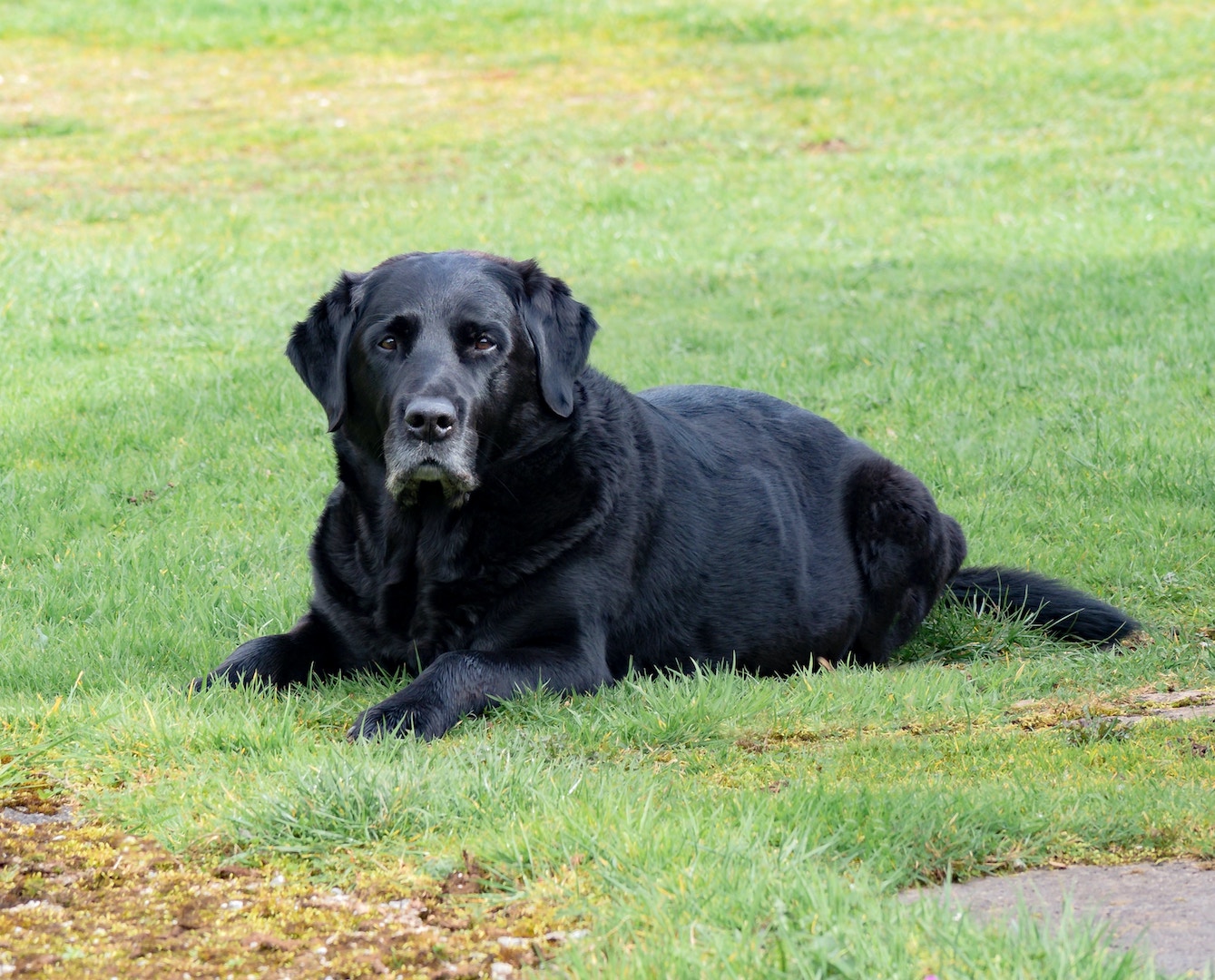In his TEDxMileHigh Imagine talk, César García Hernández mentions a young boy, Diego, and his mother, Wendy. They came to the U.S. to escape the rampant violence in Honduras. Despite her efforts to provide a better life for him, Wendy’s son went from “diapers to detention” in an immigration prison just outside of Philadelphia. Immigration prisons stem from a problem bigger than government partisanship and they are not the solution to immigration problems. In fact, they are contributing to a larger problem.
Immigration Prisons Are Not a Matter of Partisanship
“Most people think of Ellis Island as the place that welcomed generations of newcomers to the United States,” says Hernández. “It did that. But it was also an immigration prison with an ironic view of the Statue of Liberty.”
President Eisenhower shut the immigration prison down in the 1950s when it needed to be repaired. Although this was a step towards an end to the cruel use of immigration prisons, by the 1970s, both Democrats and Republicans had worked together to form the “largest immigration prison system in the world.”
“George H.W. Bush turned to the military base at Guantánamo, Cuba, to jail migrants,” says Hernández. “Clinton left them there. The next President Bush separated parents from their children. Congress balked. Bush relented by building a detention site where families were confined together. President Obama shut it down. A few years later, Obama opened two similar sites. Trump wants more.”
Clearly, presidents from both parties are not opposed to imprisonment as a solution to the ever-present immigration problem in the U.S. So if partisanship isn’t the part of the problem, what is?
Profit Is the Problem
For-profit immigrant prisons are unbridled problems in the U.S. CoreCivic and GEO Group are the two largest private prison corporations in the country. With their funds, they are able to support prisons in locations across the U.S. where well-paid jobs are hard to come by.
Hernández uses the example of Wallace County in South Texas. While Wallace County can make some of its money from the produce it grows, most of the county is run on funds from the massive immigrant prison conveniently hidden by the state prison.
When it was shut down due to prison riots, the county suffered massive job and income losses. But when the immigration prison was set to reopen, the county could breathe a sigh of relief.
With one of their main industries back in action, and therefore an increase in available jobs and income, the county’s economy was back on track. “Having prisoners on the inside means the company can hire guards and nurses. And it means the county can pay its bills,” says Hernández.
The problem is, when the focus is on profit and not on the human beings held in these prisons, those people, like young Diego and his mother, suffer.
When the immigration prison in Wallace County was shut down, Hernández says, “I was not surprised. Back when I used to represent clients there, stories of rape, harassment, and abuse were common.”
No matter where they come from, the people in these prisons are just that. People. Their human rights are put at risk when they are detained while the government tries to decide what to do with them. They are mistreated in prisons because the companies that own them only care about the profit they make by holding them there.
Some are given the opportunity to present their cases in court. However, according to Hernández, it is to no avail. “Instead of a fair match between prosecutor and defense attorney, imprisoned migrants usually walk into court alone,” he says. “It’s a high-stakes battle that they fight with their hands tied behind their backs.
What Is the Answer?
Hernández gives a very clear solution to this problem.
“Let’s stop paying CoreCivic and GEO to lock up migrants. And let’s start paying lawyers to defend them.” – César García Hernández
A fair trial with fair representation will lead to a more just outcome, and therefore fewer people to imprison. “We can lock up migrants, but we don’t have to,” says Hernández. “Instead of hoping that barbed wire and steel doors will guide us out of the labyrinth of immigration law, we could invest in justice. We could make sure that migrants receive a fair chance to put their best case forward.”
What Can You Do?
While taking down a massive prison corporation is an impossible task for a single person to do, Hernández gives several suggestions of what you can do to help in this fight for migrants.
- Volunteer with NGOs like Casa de Paz
- Volunteer as a translator with Rocky Mountain Immigrant Advocacy Network (RMIAN)
- Make sure you don’t own any stock in any private prison corporation
- Encourage places like churches, mosques, and synagogues to offer asylum to migrants
These are just a few of the many options available for you to do your part to end this injustice for migrants. Whatever you chose to do, Hernández’s message is clear:
“Immigration prisons don’t get us out of a problem. They are the problem.”


















